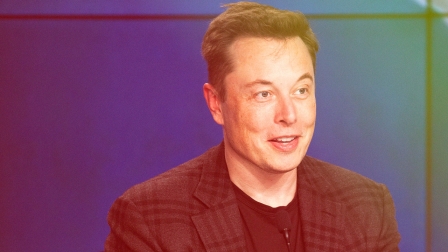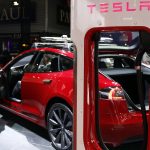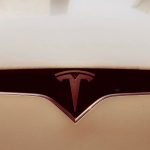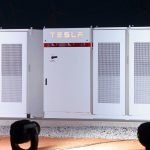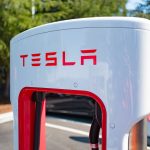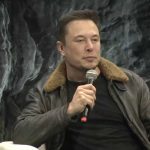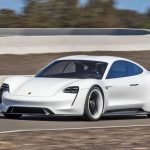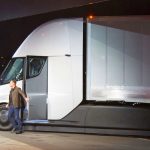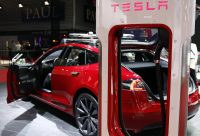Why Elon Musk Called Tesla’s SolarCity Acquisition A “No-Brainer”
(August 15, 2016), Tesla confirmed that it is merging with solar energy firm SolarCity, which also boasts Elon Musk as a cofounder and chairman. Investors aren’t over the moon about the deal—which they made clear when Tesla proposed it in June—but here’s why this was a smart, if not inevitable move for Musk, Tesla, and SolarCity.
Musk Practically Owns SolarCity Already
Musk called the acquisition a “no-brainer” when it was first announced, which makes sense when you consider he owns a 22% stake in SolarCity, as the company’s largest shareholder, and counts its CEO and CTO as family. (Lyndon and Peter Rive are Musk’s cousins.) Since he suspected investors would have concerns about the acquisition being a conflict of interest, Musk said he would not be voting on the proposal, both as a board member and shareholder.
“We’ve tried to do this in a way that’s as fair as possible and really going beyond what’s legally required . . . to make it not just legally correct but morally correct,” Musk said on a conference call with investors in June.
But is that even feasible? Putting aside Musk’s heady presence, SolarCity’s board also includes the Rive brothers, investor Antonio Gracias—who also sits on Tesla’s board—as well as Tesla cofounder and CTO J.B. Straubel. Of SolarCity’s three remaining board members, one is the managing director of Draper Fisher Jurvetson—whose other managing director is on Tesla’s board. Elon’s brother, Kimbal Musk, is also a Tesla board member, as is Brad Buss, SolarCity’s former CFO.
That leaves two people on both the SolarCity and Tesla boards who you could point to as “neutral” parties. And while Musk, Straubel, Gracias, and the Rives abstained from voting (read: the majority of the SolarCity board), they were still allowed to participate in board discussions of the proposal.
This Could Smooth Out Musk’s Financial Shuffling
Musk has made some questionable decisions when it comes to securing capital for his companies. In the case of both SolarCity and Tesla, Musk has taken out personal loans worth $475 million to buy shares of the two companies when they needed funding. It’s a move execs usually don’t make, because it could compromise other shareholders, and it muddles Musk’s personal and professional finances. (To muddy things further: Those personal loans used $2.5 billion in shares from SolarCity and Tesla as collateral.)
Since last March, SpaceX has bought $255 million in solar bonds from SolarCity—possibly to embolden wary investors, or to make an investment on which it could see returns quickly (SpaceX bought only one-year bonds).
As he told the Wall Street Journal earlier this year, even Musk has acknowledged investors have reason to worry about these dealings:
Mr. Musk said it is “valid” to question his large personal borrowings and the financial shuffling between SolarCity, SpaceX, and Tesla. “There were a few cases where one company was doing considerably better than another, and I borrowed money,” he said in the interview.
If SolarCity’s financing is already closely (and dubiously) tied to that of Tesla and SpaceX, why not consolidate the two companies that could actually work well together? Musk believes a SolarCity-Tesla merger could save more than $150 million by combining operations like sales, manufacturing, and installations—and it would certainly make Musk’s musical-chairs approach to his companies’ assets a lot less sketchy.
Tesla Isn’t Just Trying To Be A Car Company
With the opening of its Gigafactory, Tesla has seemingly completed its transition from electric car company to battery production company that also makes electric cars. SolarCity and Tesla have already teamed up to shill solar charging to Tesla owners and, more recently, to power an energy storage project that SolarCity is working on in Hawaii.
For SolarCity, teaming up with Tesla could give it a storefront—one with cachet and brand recognition—and access to customers that it may otherwise find harder to reach. Exploiting Tesla’s sparse showrooms could cut back on a significant portion of SolarCity’s marketing efforts which, according to Bloomberg, don’t yield much in the way of rooftop solar panel installations. Each dollar SolarCity spends on marketing only results in “an additional half-watt of solar power,” Bloomberg reports, and more than 40% of SolarCity customers were referred by a friend or family member.
Right now, Tesla’s 6.4-kilowatt-hour Powerwall battery doesn’t come cheap: It costs $3,000, and that doesn’t include the installation fee. But as the Gigafactory chugs away and churns out batteries, costs will fall—and bundling them with solar panels will prove more lucrative.
Fast Company , Read Full Story
(41)

